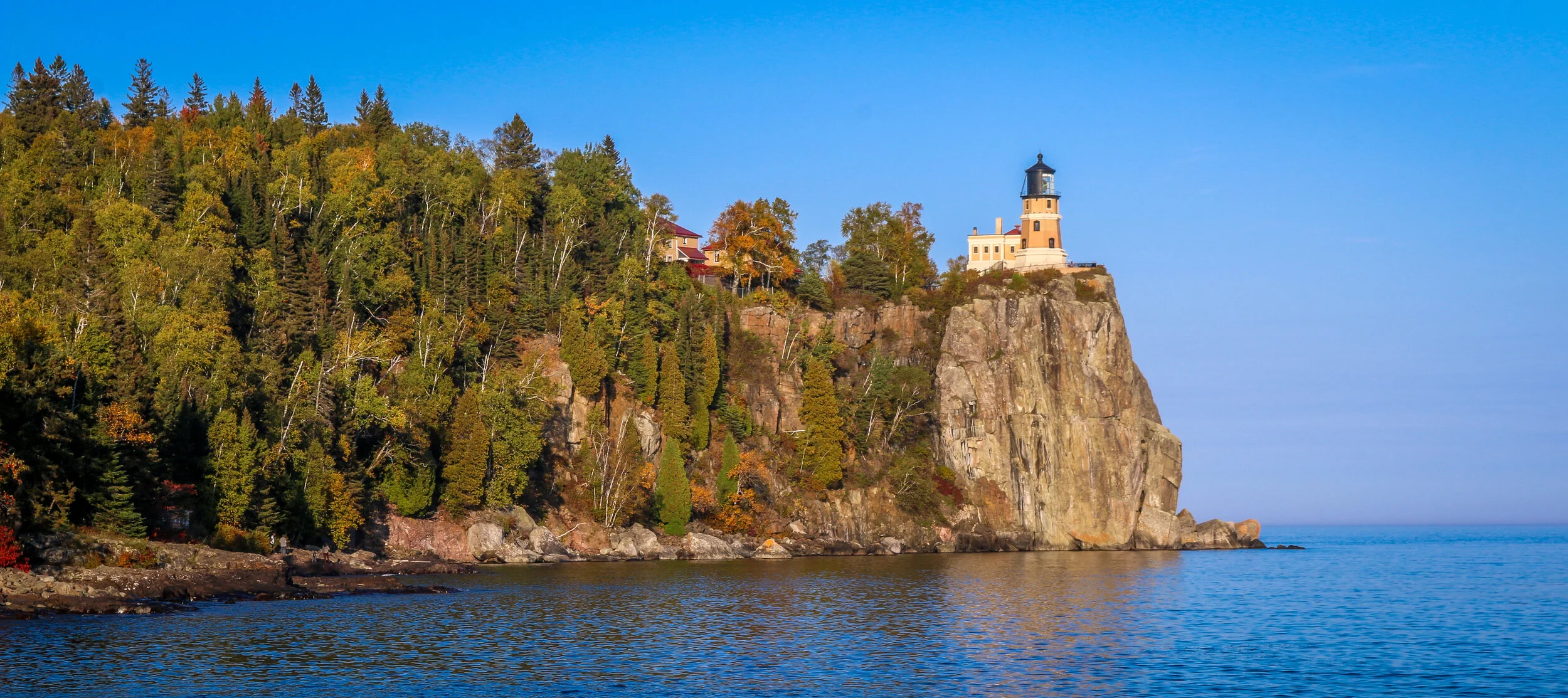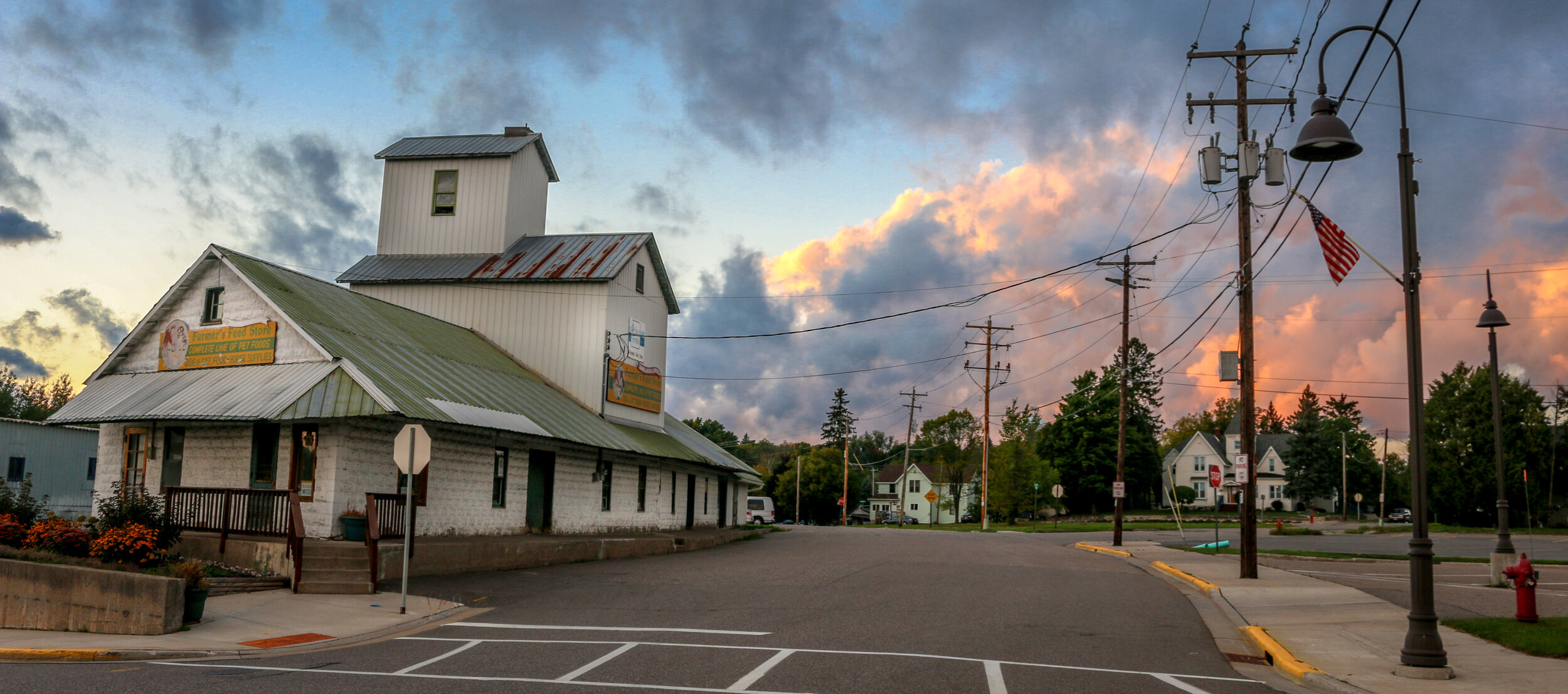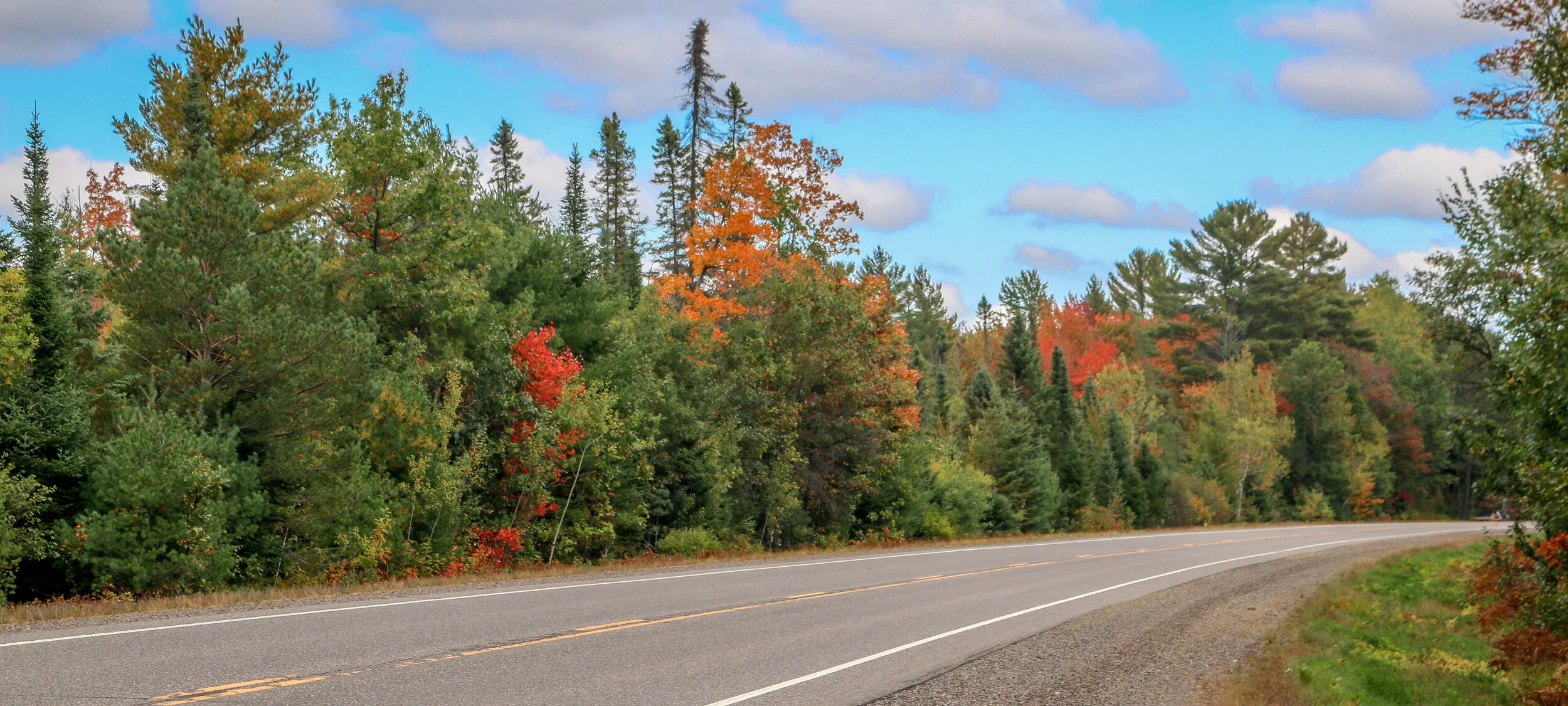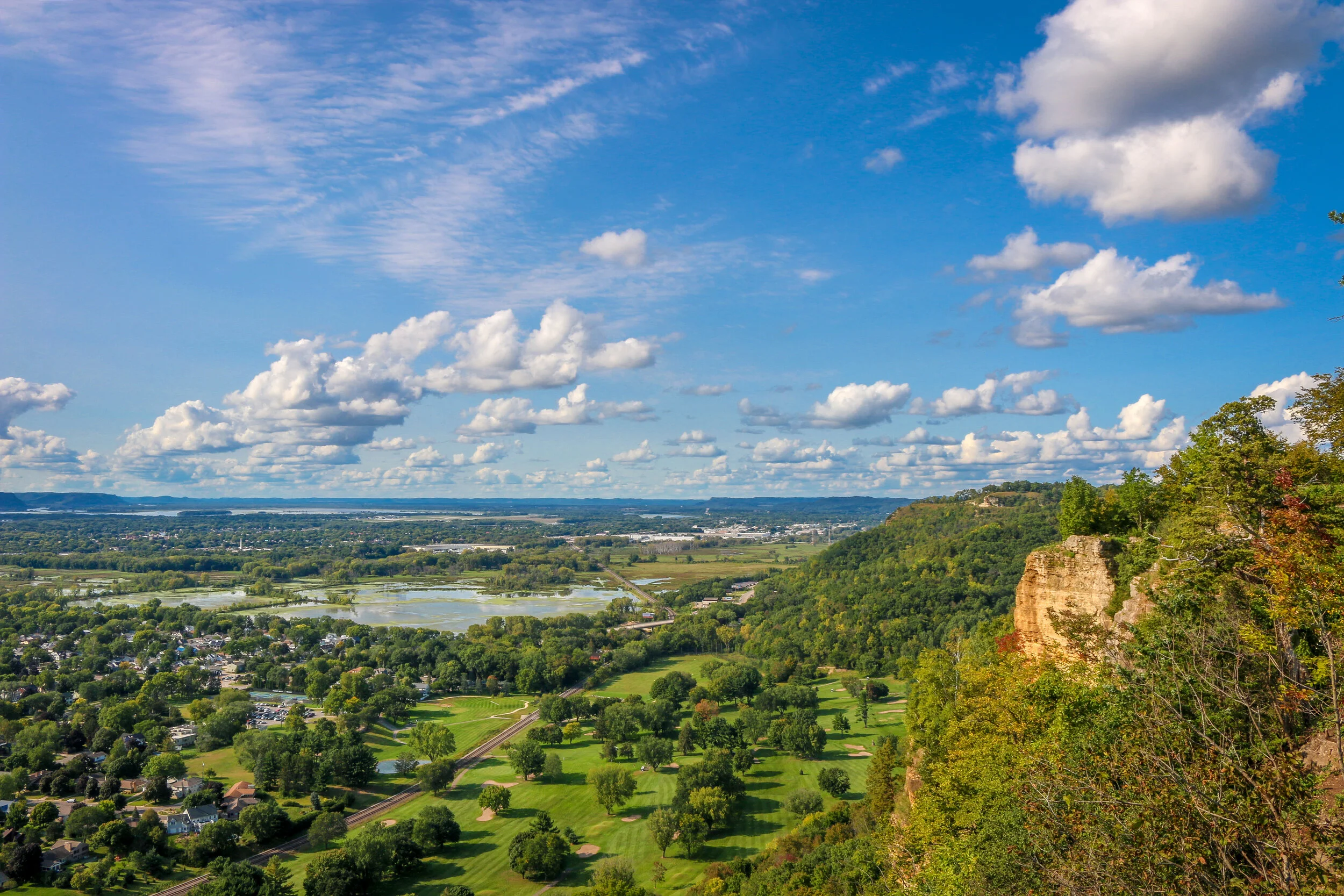Hello Everyone! It’s been a week of changes here in Northern Minnesota. I must admit that it’s not been the best of weeks for me out here, probably mostly because the weather has been so gloomy (although it could be considerably worse too). The days have passed their equinox and there are now more dark hours than light. Nighttime temperatures have dropped near freezing, and I’ve had to adjust accordingly. My winter clothes have been retrieved from their spot under my bed and my winter sleeping bag is out as well. I have gotten all of the water out of my van’s pipes and hoses so it doesn’t freeze and burst. As I’ve made my way north and west along the Canadian border and then south and east to North Dakota the scenery has changed from forests and lakes to hay bales and grain silos. I’m starting to see western businesses like Arco and Tesoro pop up. I’ve definitely entered the plains region of the state which has been an interesting and quick transition. I saw a lot of beautiful scenery this week, but I didn’t take a lot of photos. Voyageurs National Park was a bit of a let-down and the towns I have passed through have not been very inspiring of photography. I guess it’s been a weird week. Not a bad one, but not quite what I had hoped from it either. We’ve had a couple of good days weather-wise, but I haven’t felt like I’ve been using the blue skies and sun to their fullest.
When I finished off last week, I had just arrived in Hibbing. Hibbing is a very blue collar town whose biggest claim to fame is that it’s where Bob Dylan grew up (he was born in Duluth). Dylan first performed with his friends at a Hibbing High School Talent Show, calling themselves The Cashmeres and playing Little Richard, much to the shock and surprise of the town. Dylan had his Bar Mitzvah at the Androy Hotel which has since been turned into apartments and I had the luck of staying there at my friend Elizabeth’s place which was very cool. We went to see an open-mic night at Mike’s Pub on Wednesday evening and saw some really amazing local talent and I was happy to see a musical tradition has passed down through the years.
On Thursday I went and visited all of the Dylan sites in town – his boyhood home, Hibbing High School (where they are just completing a monument to his winning of the Nobel Prize in literature) and some of the old stores and restaurants he enjoyed around town as a teenager. The biggest tribute to the great songwriter in Hibbing was in the basement of the public library, which had memorabilia, books about his life, concert posters and artifacts from the town’s Dylan Days festivals. Bob has asked that no museum be built until after he dies which I guess is fair enough, but Hibbing could really use a Dylan museum to attract more people to the town. That night we hung out at The Sportsman, another of the pubs on Howard Street, the town’s main drag. There were some wonderful salt-of-the-earth folks there that night, and I enjoyed their company and had a good laugh. One of the things I found disturbing, though, was how many of them were in chronic pain and self-medicating with alcohol (among other things). More than one said they had broken bones recently but couldn’t afford X-rays and they weren’t bones that could be set anyway. I really don’t know why people in this country are opposed to socialized medicine. In all of my travels around the world, in all of my conversations with the thousands of tourists I’ve taken on vacation over the years and through my own experiences with it while living in Japan, I’ve never seen anything but good come from socialized medicine. Every system around the world could be improved, but what you don’t find in those countries is people who can barely get out of bed in the morning because of the pain they’re in but can’t afford to go see a doctor. And as I’ve mentioned in this space before, you won’t see GoFundMe pages from people who are trying to afford their children’s cancer treatments. It’s one of the greatest tragedies I see in this country and that night it was so prevalent it was hard not to think about it. Good people though and we had a very good night.
The next morning I went to see Hibbing’s other claim to fame – the old Greyhound Bus museum. Started as a cheap way to transport miners to their jobs right there in Hibbing, Greyhound was the beginning of bus transportation in America.













